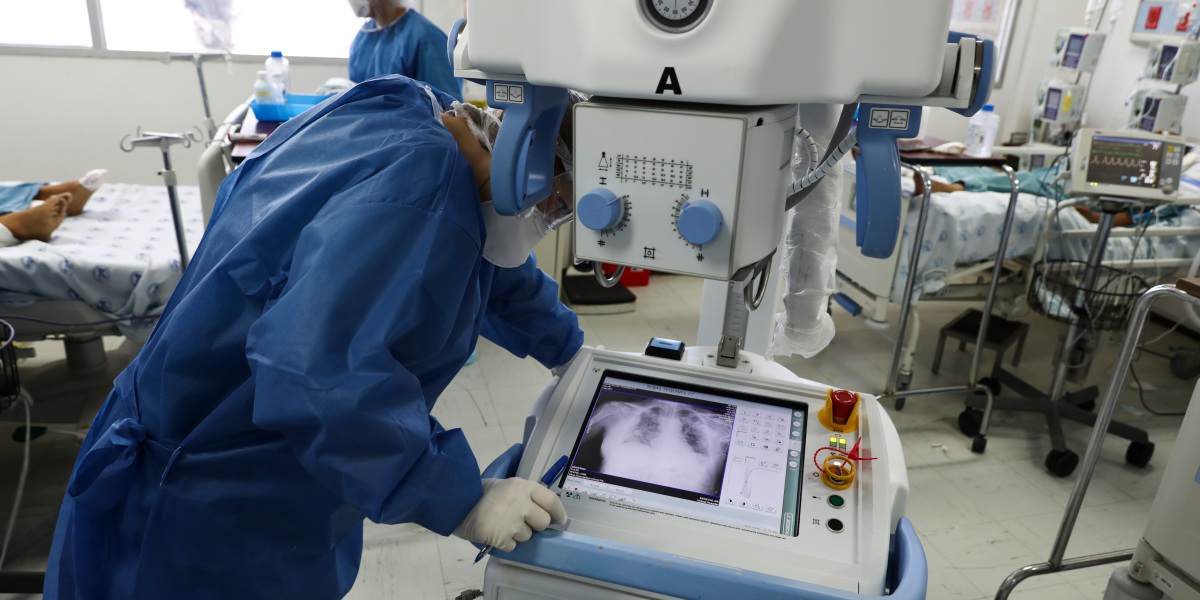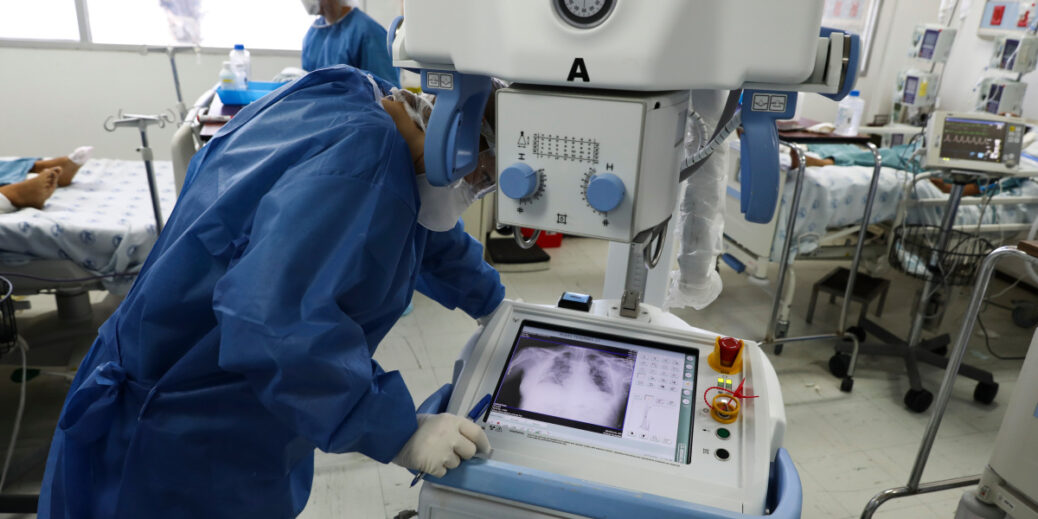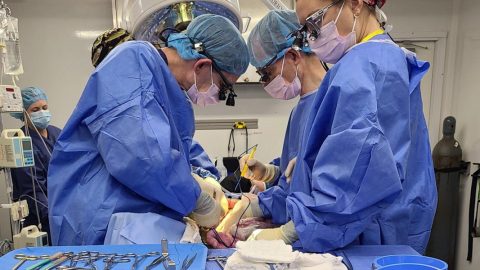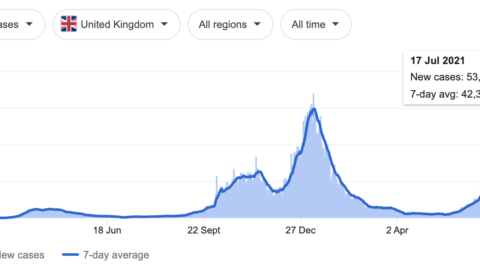
It also muddies the origin of certain data sets. This can mean that researchers miss important features that skew the training of their models. Many unwittingly used a data set that contained chest scans of children who did not have covid as their examples of what non-covid cases looked like. But as a result, the AIs learned to identify kids, not covid.
Driggs’s group trained its own model using a data set that contained a mix of scans taken when patients were lying down and standing up. Because patients scanned while lying down were more likely to be seriously ill, the AI learned wrongly to predict serious covid risk from a person’s position.
In yet other cases, some AIs were found to be picking up on the text font that certain hospitals used to label the scans. As a result, fonts from hospitals with more serious caseloads became predictors of covid risk.
Errors like these seem obvious in hindsight. They can also be fixed by adjusting the models, if researchers are aware of them. It is possible to acknowledge the shortcomings and release a less accurate, but less misleading model. But many tools were developed either by AI researchers who lacked the medical expertise to spot flaws in the data or by medical researchers who lacked the mathematical skills to compensate for those flaws.
A more subtle problem Driggs highlights is incorporation bias, or bias introduced at the point a data set is labeled. For example, many medical scans were labeled according to whether the radiologists who created them said they showed covid. But that embeds, or incorporates, any biases of that particular doctor into the ground truth of a data set. It would be much better to label a medical scan with the result of a PCR test rather than one doctor’s opinion, says Driggs. But there isn’t always time for statistical niceties in busy hospitals.
That hasn’t stopped some of these tools from being rushed into clinical practice. Wynants says it isn’t clear which ones are being used or how. Hospitals will sometimes say that they are using a tool only for research purposes, which makes it hard to assess how much doctors are relying on them. “There’s a lot of secrecy,” she says.
Wynants asked one company that was marketing deep-learning algorithms to share information about its approach but did not hear back. She later found several published models from researchers tied to this company, all of them with a high risk of bias. “We don’t actually know what the company implemented,” she says.
According to Wynants, some hospitals are even signing nondisclosure agreements with medical AI vendors. When she asked doctors what algorithms or software they were using, they sometimes told her they weren’t allowed to say.
How to fix it
What’s the fix? Better data would help, but in times of crisis that’s a big ask. It’s more important to make the most of the data sets we have. The simplest move would be for AI teams to collaborate more with clinicians, says Driggs. Researchers also need to share their models and disclose how they were trained so that others can test them and build on them. “Those are two things we could do today,” he says. “And they would solve maybe 50% of the issues that we identified.”
Getting hold of data would also be easier if formats were standardized, says Bilal Mateen, a doctor who leads the clinical technology team at the Wellcome Trust, a global health research charity based in London.






Recent Comments